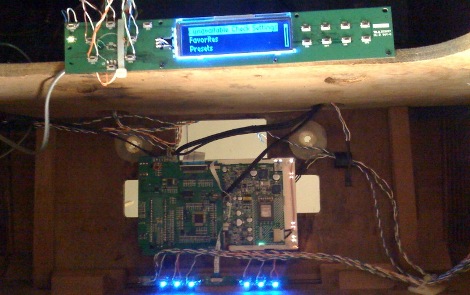
“Everyone needs a hobby,” they tell us. For the blogger mysteriously identified only as “R,” that hobby would be an almost fanatical nostalgia for the Commodore 64 computer.
At first we thought this was a fan community site, but apparently it’s all the work of a single person. [R] has tweaked, extended, repackaged and resurfaced this 1980’s icon in nearly every imaginable way. They tend to gloss over the technical aspects of these mods, but that’s okay – the C64 is such an exhaustively documented system now that the site dwells mainly on the aesthetics and meaning of these reborn devices.
The 64 has made an indelible impression on electronic music, and the machines are still sought after by collectors, composers and circuit-benders. [R] pays homage by housing these vintage systems in styles reminiscent of even vintage-er synthesizers. Any one of these would warrant a post here, yet there’s a whole collection to browse. Check it out!
[via Retro Thing]















